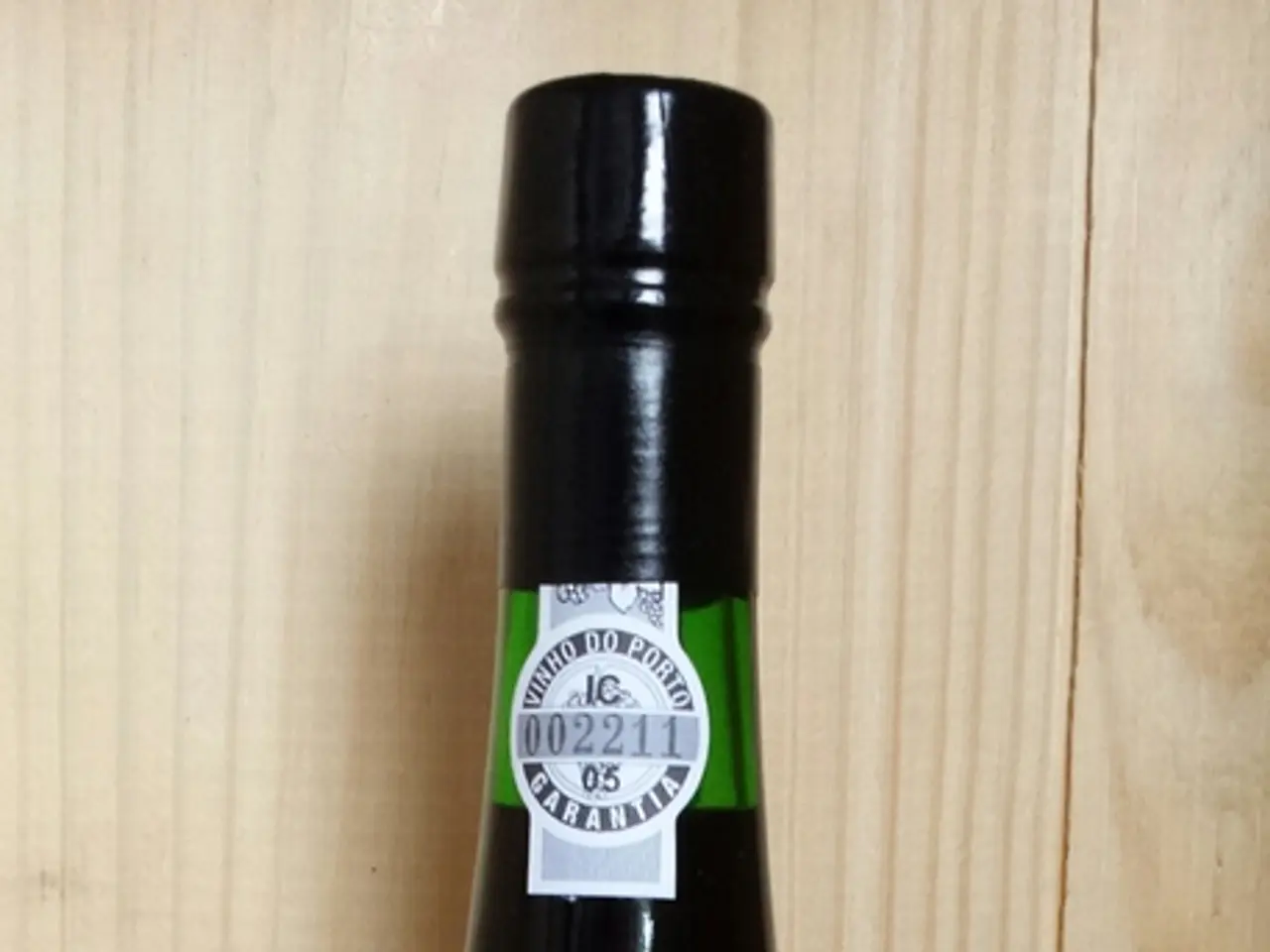The Significance of Hops in the Process of Beer Making
In the world of beer brewing, few ingredients have had as significant an impact as hops. With origins tracing back to at least the 9th century, hops have evolved from a regional additive to a cornerstone of beer flavor and preservation.
Hops, derived from the female flower clusters of the hop plant (Humulus lupulus), offer numerous benefits in brewing. They provide bitterness to balance the sweetness of malt, contribute floral, citrus, and herbal notes to flavor and aroma, and offer preservative properties that favour brewer’s yeast and inhibit spoilage organisms, extending beer shelf life. Additionally, hops help maintain beer foam, aiding in head retention.
The preservative qualities of hops come mainly from lupulin glands, containing soft resins with alpha and beta acids. Although the full mechanisms remain partly unclear, these compounds play a crucial role in beer preservation.
Historically, the introduction of hops transformed brewing from local, small-scale production towards larger, more standardized commercial brewing, especially in German and later English brewing traditions. Early English brewers initially opposed hops, continuing to brew "ale" without hops. However, hopped "beer" became dominant over the centuries.
Modern hop varieties have expanded significantly, with different strains imparting unique flavors and aromas. For example, Cascade hops, developed in the U.S. Pacific Northwest, introduced bright citrus and tropical fruit notes, playing a significant role in the development of the West Coast India Pale Ale (IPA) style. Other modern varieties bring herbal, floral, piney, or fruity (tropical fruit, passionfruit, berries) notes, adding complexity to beers.
One style that exemplifies hops’ impact on beer flavor and preservation is the India Pale Ale (IPA). Originally created in the 18th and 19th centuries to survive long sea voyages to British India, IPAs had increased hopping to improve shelf life and impart a refreshing bitterness suited to warm climates.
When it comes to preserving hops, they should be stored in a freezer, vacuum sealed, and in a resealable container. If properly stored, pelletized hops can last more than a year, while fresh hops, also called wet hops, can be stored for up to six months to 1-2 years if properly re-packaged.
Homebrewers should use 5-6 times the amount of fresh hops as they would pellets when brewing. To avoid "hop creep," lower the temperature of your beer to below that of fermentation temp, maintain positive pressure on your fermenter, purge your fermenter with CO2, and experiment with the temperature you choose to dry hop.
In summary, hops have played a fundamental role in the global history of brewing, allowing for the creation of diverse beer styles with distinct sensory experiences. By understanding the evolution of hops and their various characteristics, brewers can continue to push the boundaries of beer flavor and preservation.
References: 1. The History of Hops 2. Hops: The Powerhouse of Flavor, Aroma, and Preservation 3. The Evolution of IPAs 4. Exploring Hop Varieties 5. The Rise of Ekuanot Hops
Science plays a crucial role in the field of health-and-wellness, particularly in fitness-and-exercise and sports. For instance, understanding the chemical properties of hops derived from the hop plant (Humulus lupulus) has allowed for the improvement of beer flavor, preservation, and shelf life.
Modern hop varieties, such as Cascade hops, contribute unique floral, citrus, and herbal notes to beer, aligning with the aim for complexity in health-and-wellness products, where diversity in flavors and aromas is valued.




